Dolma
Dolma is a word that comes from the Turkic verb dolmak (doldurmak), which means “to be stuffed”. There are plenty types of dolma in Azerbaijani cuisine. They can be filled with colourful vegetables or fruit and with various fillings of meat and rice enriched with herbs or nuts. Just imagine how many combinations of taste and flavour are possible, all coming together in one delicious, perfect taste melody… Tender grape leaves deliciously filled with ground meat, onion, rice, herbs and served with yogurt with garlic – how most Azerbaijanis celebrate most important dates in their lives. Dolma making and sharing tradition was included in UNESCO Representative List of the Intangible Cultural Heritage of Humanity as the Azerbaijani tradition.
Shah Plov
Plov (pilaf) is a signature food of Azerbaijani cuisine. Served mostly on weddings or special occasions Shah Plov is considered as a “King of Plovs” and mostly accompanied by garnish called govurma – cooked meat, nuts, dry fruits, the green, etc. Usually Shah Plov is not just a delicious food, but unforgettable experience – the chefs serve it as a celebration and festival. After cutting the plov covered with lavash bread as a cake, the mind-blowing smell of rice and other ingredients will astonish you for a while.
Balva soup
Balva, a soup from greens from the Karabakh region - a tasty thick puree served with a dark, thick sauce made from alcha (cherry plums), which gave it a sweet and sour flavour. The soup takes its name from the Azerbaijani for mallow – balva – a wild herb that is widespread in the Caucasus. The mallow makes this a refreshing spring or early summer soup. While other herbs can also be added, traditionally wild mallow and spring onions were used
Piti
Piti is Sheki’s signature dish. Although there is no secret to the preparation of this lamb stew, it does taste especially appetizing when eaten in Sheki. The key to real piti flavour lies in the earthenware pots in which it’s cooked. It comprises ingredients such as lamb, saffron and local spices. The contents of the ceramic pot have to be mashed and mixed before enjoying this culinary delight.
Dushbara
Dushbara is a traditional dumpling soup in broth mostly popular in Baku. Traditional broth needs to be made well in advance. According to traditions every Azerbaijani woman not only needs to know to make this dish, she also must be able to make the dushbara as small as possible, to fit ten of them in a tablespoon. This dish is very time-consuming to make and it takes some practice to make the dumplings that small. On cold winter days dushbara will warm your stomach and surprise with its appetizing taste and aroma.
Gutab
Gutab is cooked all over the country. However, the cooking method and sometimes ingredients vary according to the region. The form of gutab is a semicircle, which originally symbolized a crescent moon. Basically, it is a dish containing various ingredients inside the dough. Qutab is a sort of pancake with different stuffing, as meat, spinach, cheese, pumpkin, etc. It is cooked on the iron disk called saj. In Baku and Absheron, gutab is served with yogurt and pomegranate.The dish is drizzled with heated butter and served with yoghurt. You can also dredge them with sumac, roll into tubes and eat with your hands. In addition, Azerbaijanis serve Gutab with ayran, a cold yogurt beverage mixed with salt and herbs.
Lavangi
Lavangi is a tasty food of Azerbaijan consisting of chicken or fish stuffed with walnuts, raisins, onions, and other herbs. Additional condiments that are sometimes used for filling include sour prune, cherry or pomegranate. The preferred fish to be used for this dish is usually carp but sturgeon is also an acceptable substitute!The most delicious lavangi are made in a tandir or tandoor, a cylindrical clay oven in which food is cooked on coals.
Kebabs
Kebabs are hunks of lamb marinated in a mixture of onion, vinegar, and pomegranate juice, impaled on a large skewer and grilled on the barbecue. There are many variations of this dish: Some are made with lamb or beef, others with chicken or fish. Vegetables like potatoes, eggplant, green peppers, mushrooms, and tomatoes are typically used. For tika-kebab, usually made with lamb, cubed meat is first marinated before cooking, then threaded onto skewers piece by piece; whereas lula-kebab is prepared using ground meat wrapped around the skewer.
Pakhlava
Pakhlava is a sinfully flavorsome pastry consisting of layers of dough, stuffed with nuts or pistachios, and coated with honey or syrup. Traditionally it is eaten during Novruz holiday together with shekerbura and shorgoghal, but is often enjoyed all throughout the year.Pakhlava has a distinctive diamond shape, which symbolizes fire (called pakhla in Azerbaijani, and a prominent feature in many carpets). Make sure to try the pakhlava in Sheki and Guba, two cities famous for their sweets.
Tea
Black tea is the most common tea in Azerbaijan, often served with sugar, lemon, honey, jam, nuts and other small snacks. Tea ceremonies have deep traditional roots in Azerbaijan. A traditional tea ceremony has its own rules and practices that are designed to make the serving and drinking process enjoyable. According to the old tradition, the host has to offer tea to every visitor, even if the visit is supposed to last only five minutes. Tea is associated with warmth and friendliness, therefore, the tradition says that one should not allow the guest to leave the house without having at least one cup of tea.In Azerbaijan, people drink tea from the special glass called “armudu” (literally pear-like glass). The shape of armudu glass is similar to a pear and is associated with the figure of a hostess in Azerbaijani culture.
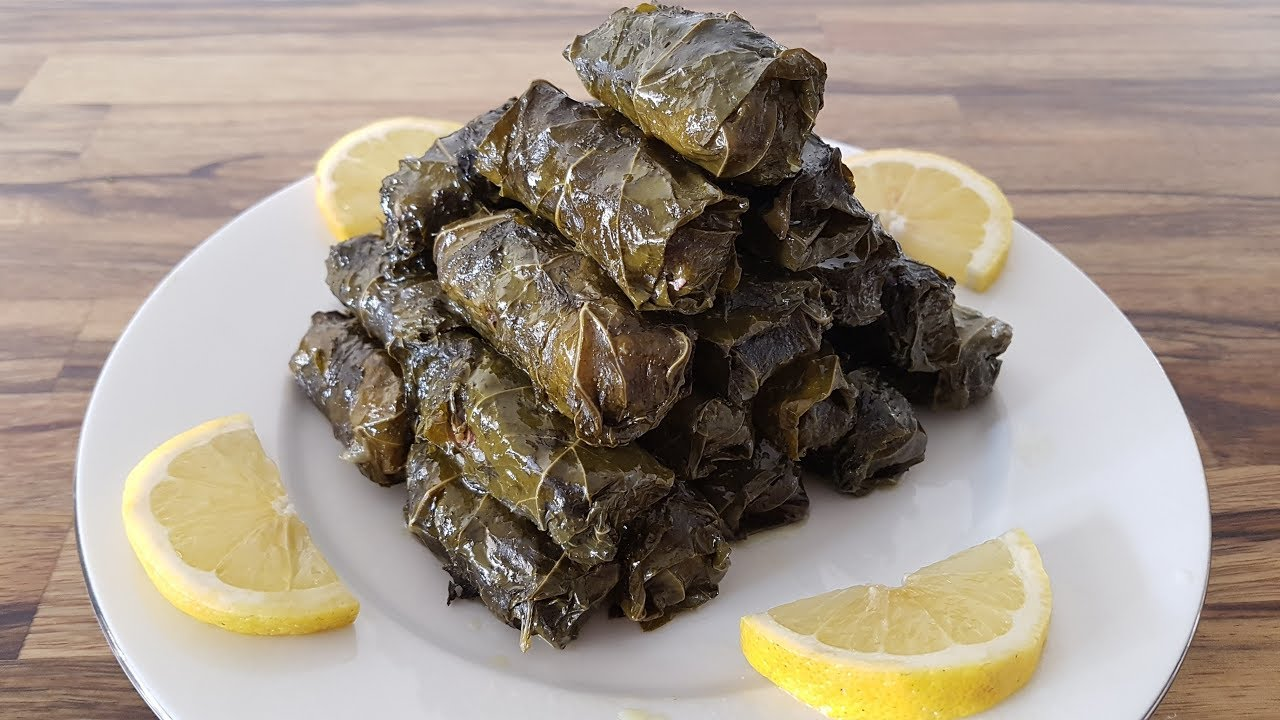
Dolma
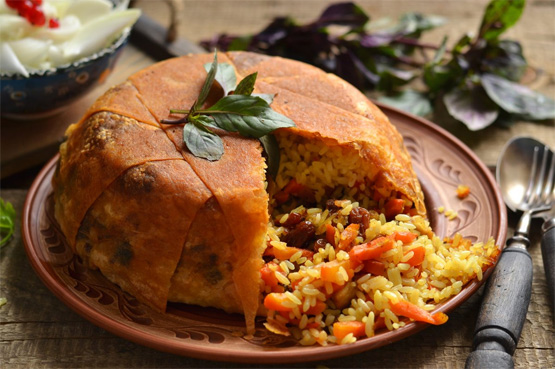
Shah Plov
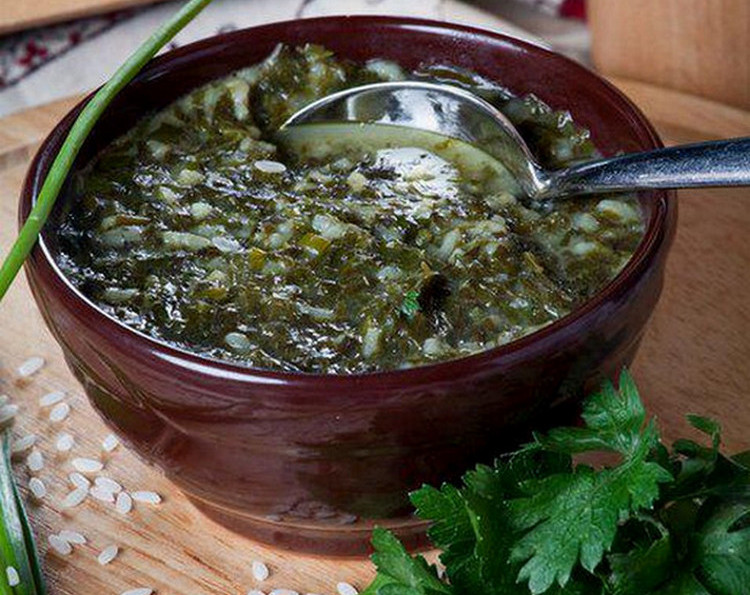
Balva soup
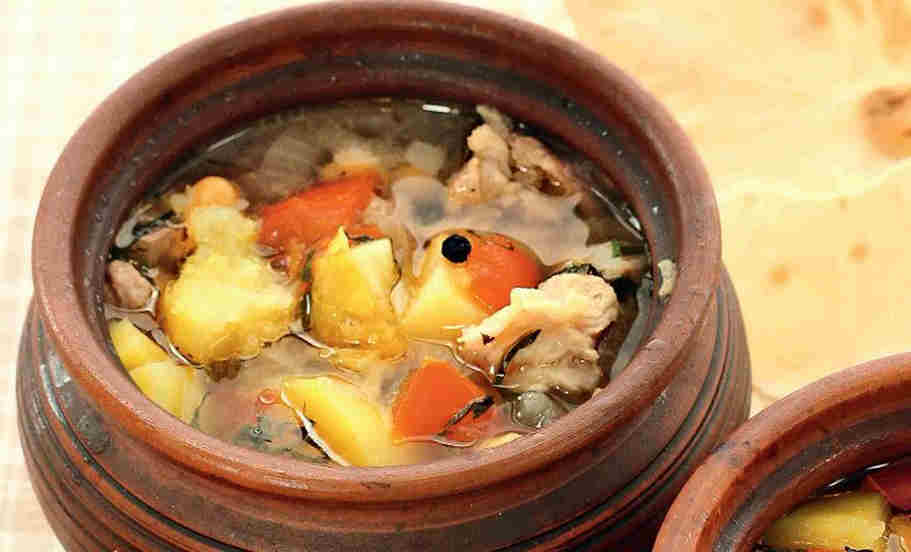
Piti
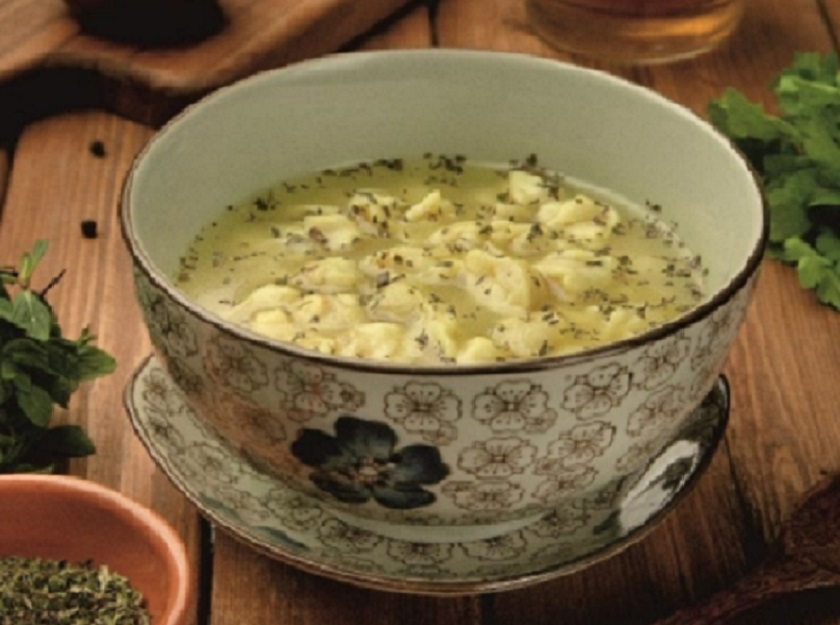
Dushbara

Gutab
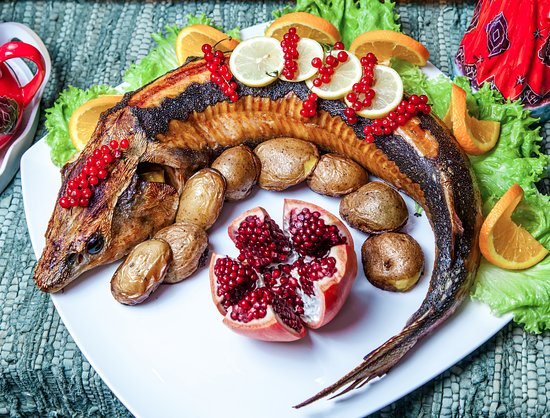
Lavangi
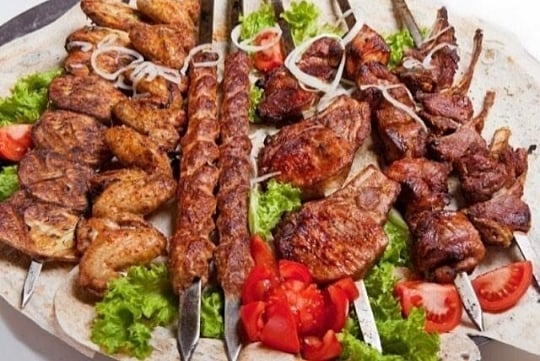
Kebabs
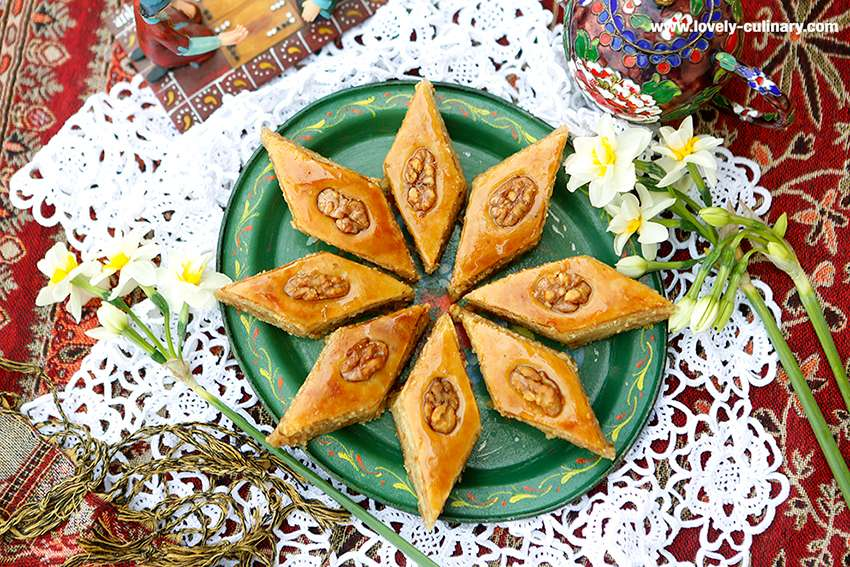
Pakhlava
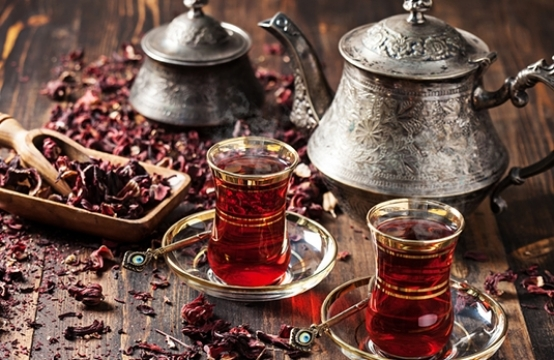
Tea

